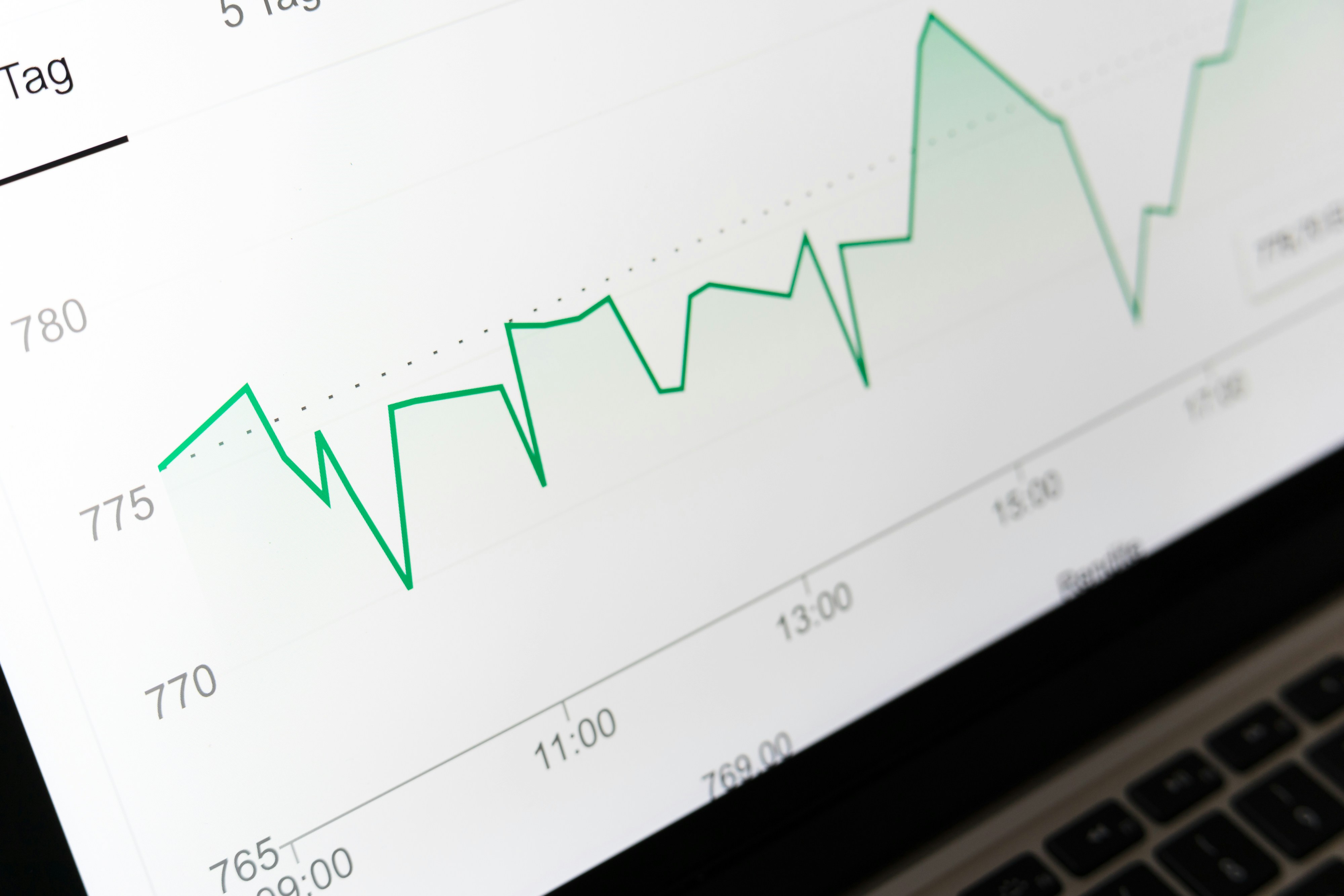Boosting ROAS with Google Campaign Data Analysis – A SQL Approach
Apr 8, 2022

In the rapidly evolving digital marketing landscape, Return on Ad Spend (ROAS) stands as a critical metric for businesses investing in online advertising. It measures the efficacy of your advertising efforts, directly correlating your expenditure to the revenue generated. One of the most powerful ways to enhance your ROAS is through meticulous data analysis of your Google campaigns. By diving deep into the data, businesses can uncover insights that lead to more informed, and ultimately more profitable, advertising decisions. Let's explore how data analysis, particularly through SQL, can transform your Google campaign strategy to significantly impact your ROAS.
Understanding ROAS in Google Campaigns
ROAS is calculated by dividing the revenue generated from ads by the cost of those ads. The higher the ROAS, the more effective your advertising strategy. Google campaigns generate a wealth of data, but without proper analysis, valuable insights can be overlooked, leading to missed opportunities for optimization and growth.
The Power of Data Analysis
Data analysis allows businesses to dissect their Google campaign performance on multiple levels, including by demographics, time of day, device type, and more. This granular view can help identify which elements of a campaign are performing well and which need adjustment, providing a clear path to improved ROAS.
SQL: A Tool for Deeper Insights
Structured Query Language (SQL) is a powerful tool for analyzing complex datasets. By using SQL, marketers can query their Google Ads data in a flexible, precise manner, unlocking insights that are not readily available through standard dashboard metrics.
SQL Example for Campaign Analysis
Below is a simplified SQL query example designed to analyze campaign performance data from Google Ads. The goal is to calculate the ROAS for each campaign by comparing total revenue to total spend.
In this query:
CampaignNameidentifies the name of each advertising campaign.SUM(Revenue)andSUM(Cost)aggregate the total revenue and cost for each campaign, respectively.(SUM(Revenue) / SUM(Cost)) AS CampaignROAScalculates the ROAS for each campaign.FROM GoogleAdsCampaignDataassumes a dataset namedGoogleAdsCampaignDatacontaining campaign performance metrics.GROUP BY CampaignNamegroups the data by campaign for aggregated results.ORDER BY CampaignROAS DESCsorts the results by ROAS in descending order, highlighting the most efficient campaigns at the top.
Practical Application
Imagine a scenario where your business runs multiple Google Ads campaigns. By applying the above SQL query, you discover that certain campaigns have significantly higher ROAS compared to others. This insight enables you to reallocate your budget towards the more profitable campaigns, potentially boosting your overall ROAS.
Conclusion
Leveraging SQL for Google campaign data analysis offers a powerful pathway to optimizing your digital advertising efforts. By understanding which aspects of your campaigns are driving revenue, you can make data-driven decisions that significantly improve your ROAS. As businesses continue to navigate the complexities of online advertising, those who embrace data analysis will find themselves at a competitive advantage, poised for growth in an increasingly digital world.
Remember, the example provided here is a starting point. Depending on your specific needs and the complexity of your campaigns, your SQL queries might become more intricate, incorporating additional metrics and conditions to refine your analysis further.